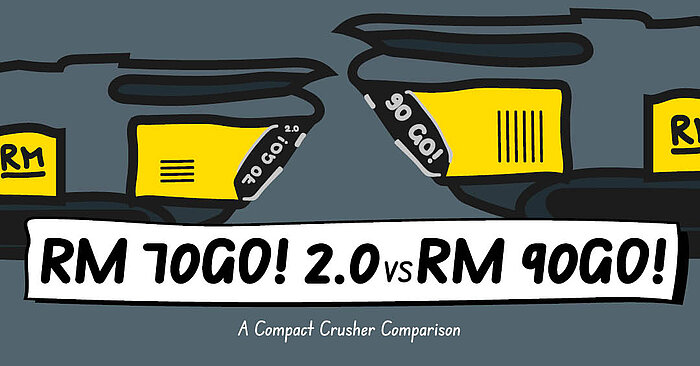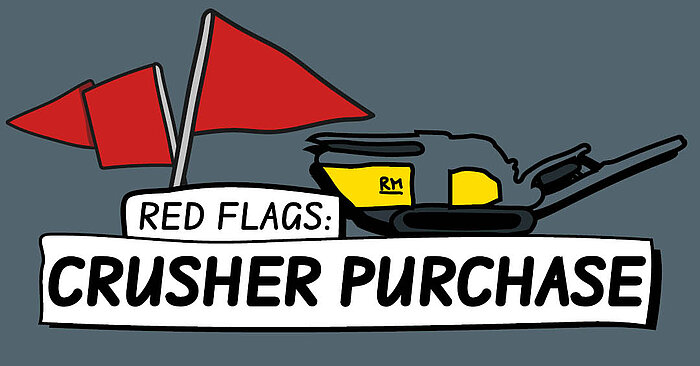
Cast Hammers with Ceramics
Multi purpose hammers with highly wear resistant ceramic inlays. This type hammer is ideal for operators that process reinforced concrete, large rock, and a large variety of materials.

Cast Chrome Hammers
Cast chrome hammers are harder and more brittal. Thus, more sensitive against impacts resulting from uncrushables. Ideal for crushing asphalt or in secondary crushing applications.

Cast Chrome Hammers with Cermic Inlays
Cast chrome hammers with ceramic inlays are harder and more brittal. Thus, more sensitive against impacts resulting from uncrushables. Ceramic inlays will increase the wear life of this type hammer.









